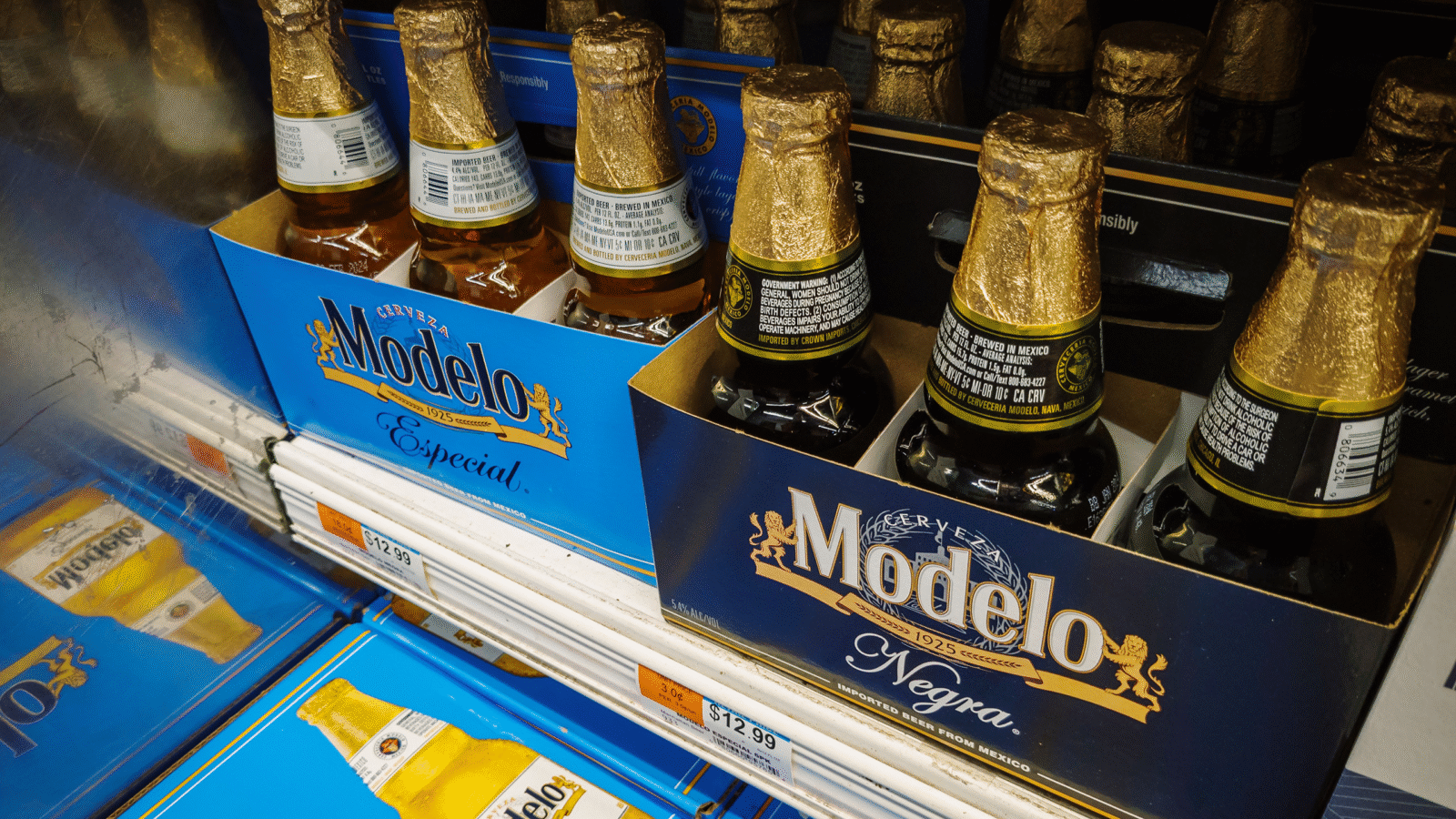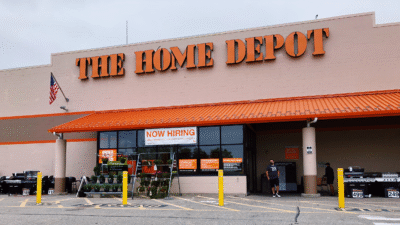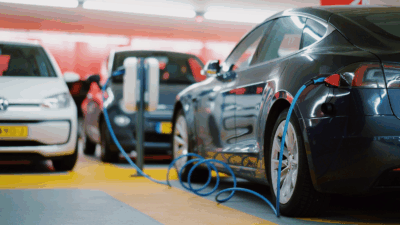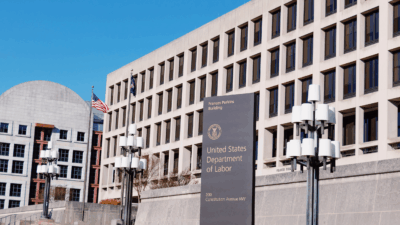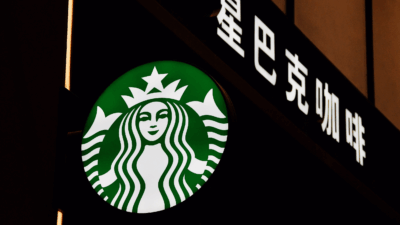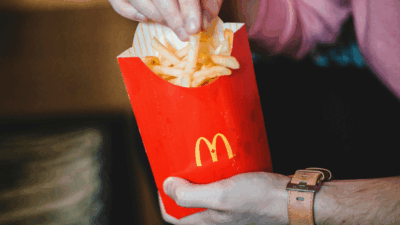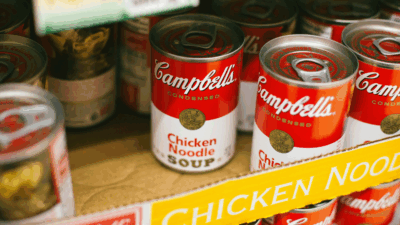Back-to-School Spending Is Flat or Falling, Depending on Whom You Ask
Early data this year suggests back-to-school season spending is either flat from last year, or took a slight dip.
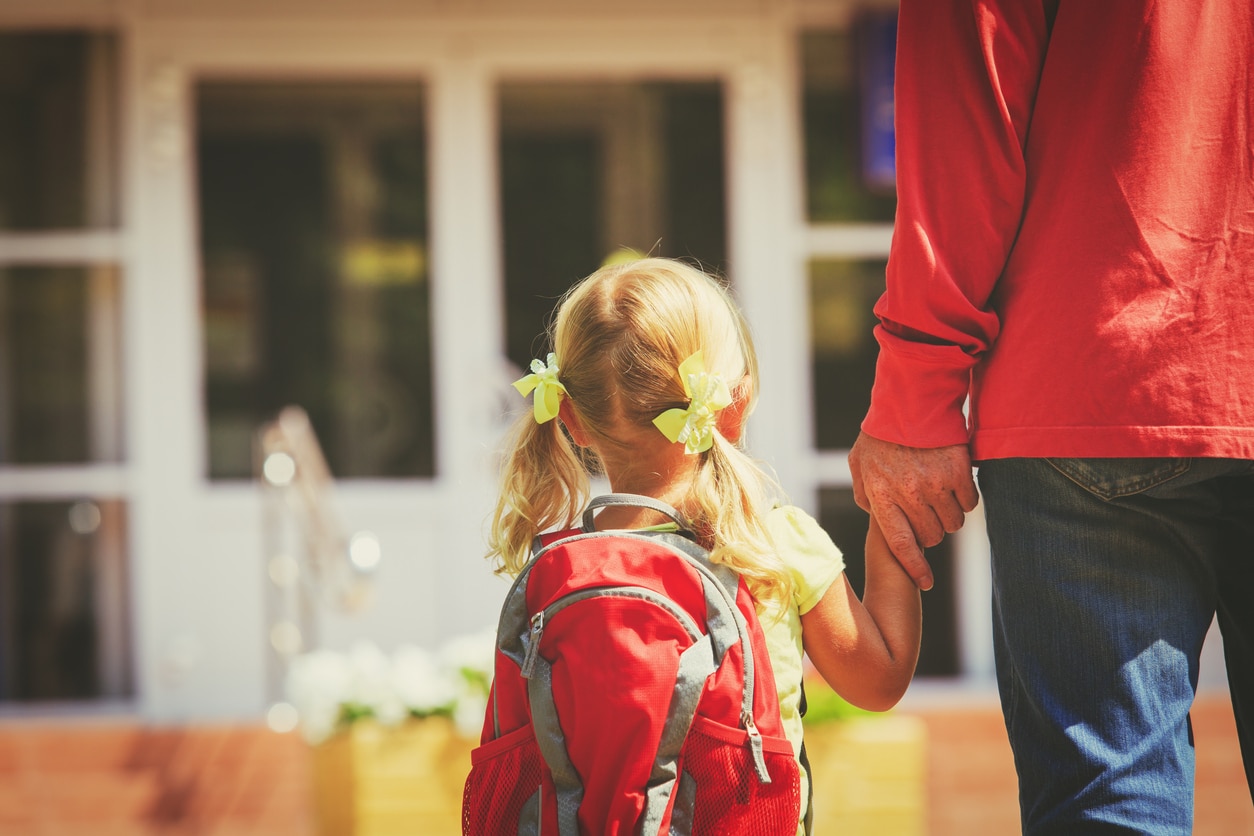
Sign up for smart news, insights, and analysis on the biggest financial stories of the day.
What beats the joy of sending a little one off to school for the first time? Inflation.
Early data this year suggests back-to-school season spending is either flat from last year, or took a slight dip. Kids, don’t blame mom and dad for the bloated post-pandemic price tag on your calculator.
Return to Spender
As a major component of GDP — 67.7 % in June, in fact — consumer spending is one of the key levers Federal Reserve policymakers are watching as they prepare to (fingers crossed) finally cut interest rates when they meet on Sept. 18. That makes this year’s back-to-school spending particularly notable, with policymaking implications well beyond your eldest’s Intro to American History class.
Two major estimates of this year’s spend vary considerably, but both mercifully add to the case that the circumstances for a rate cut — that is, weakening economic data — are in place:
- Analysts at Deloitte, after surveying around 1,200 parents, forecasted that back-to-school spending for K-12 students would be flat at $31.3 billion this year. Notably, parents planned to cut spending on pricier technology products by 11% and keep spending flat on clothing and school supplies, but spend 22% more on other items, like personal hygiene and educational furniture.
- The National Retail Federation, meanwhile, estimates that spending will drop to $38.8 billion this year from $41.5 billion last year (go figure that the retail association calculates more economic activity). That would still be the second-highest spend on record. The NRF also flagged a potential dip in electronics spending, noting that last year 69% of parents planned to buy a laptop, tablet, or other electronic device for a child, “typically items students can use for several years.”
One for You, One For Me: While 85% of parents told Deloitte they could be compelled to splurge on a must-have item for their child, half said they intended to purchase something for themselves.
